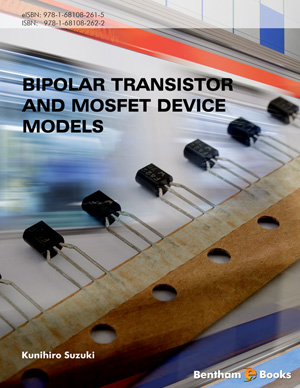Abstract
Acquisition of color images requires the presence of different sensors for different color channels. Manufacturers reduce the cost and complexity by placing a color filter array (CFA) on top of a single image sensor, which is basically a monochromatic device, to acquire color information of the true visual scene. Since each image sensing element can detect only one color of illumination, the missing information must be filled in. The color interpolation process (also called demosaicing) aims to reconstruct the full resolution image acquired by the sensor, by calculating the missing components. Picture quality is strictly related to the peculiarity of demosaicing process. Due to the aliasing phenomenon, such as false colors and zipper effects, the color interpolation has to guarantee the rendering of high quality pictures avoiding artifacts. In this chapter we review some solutions devoted to demosaicing and antialiasing. Demosaicing algorithms can be basically divided into two main categories: spatial-domain and frequency-domain. Demosaicing solutions are not always able to completely eliminate false colors and zipper effects, thus imaging pipelines often include a post-processing module, with the aim of removing residual artifacts. Some of these techniques are also described.
















